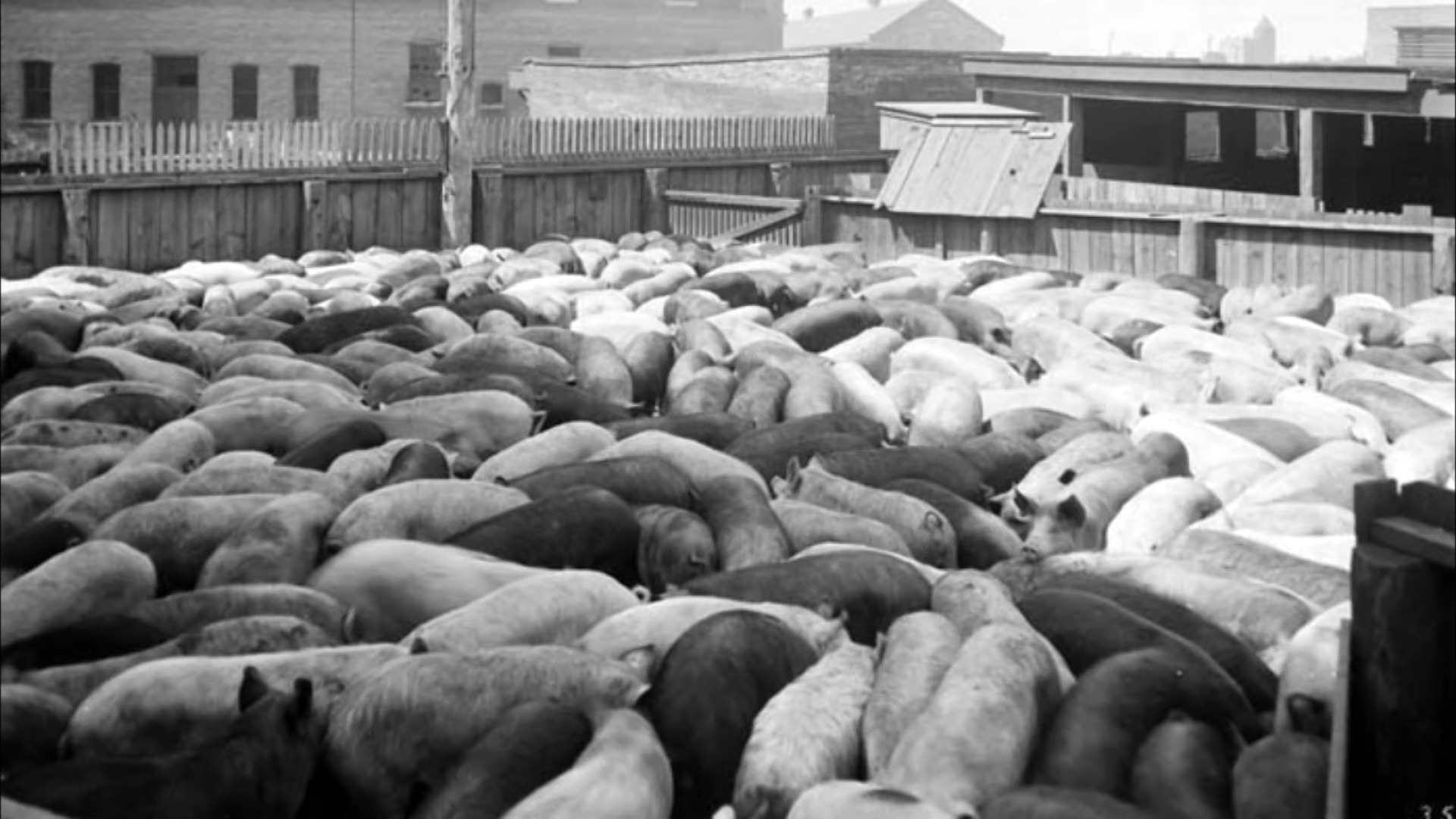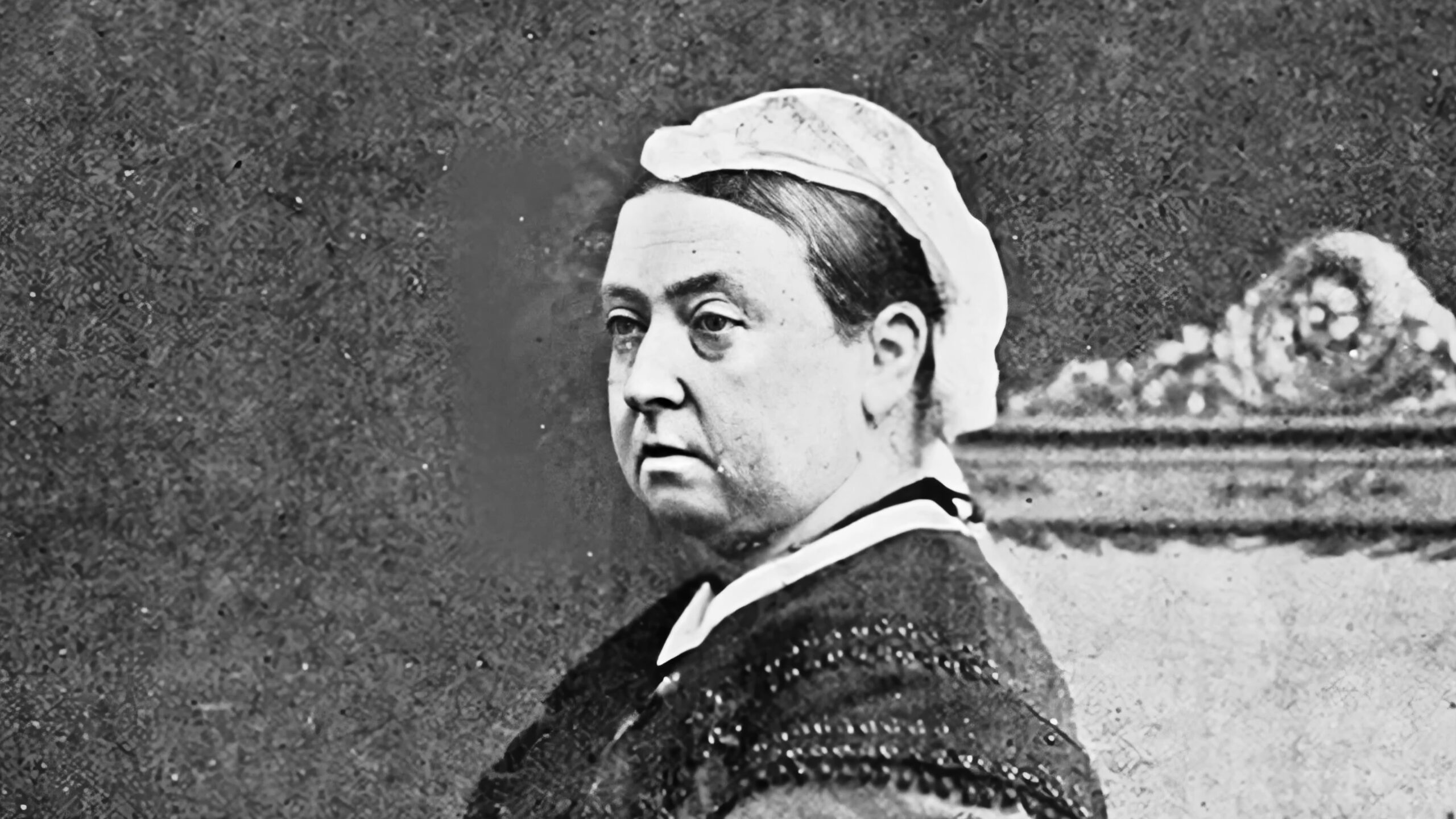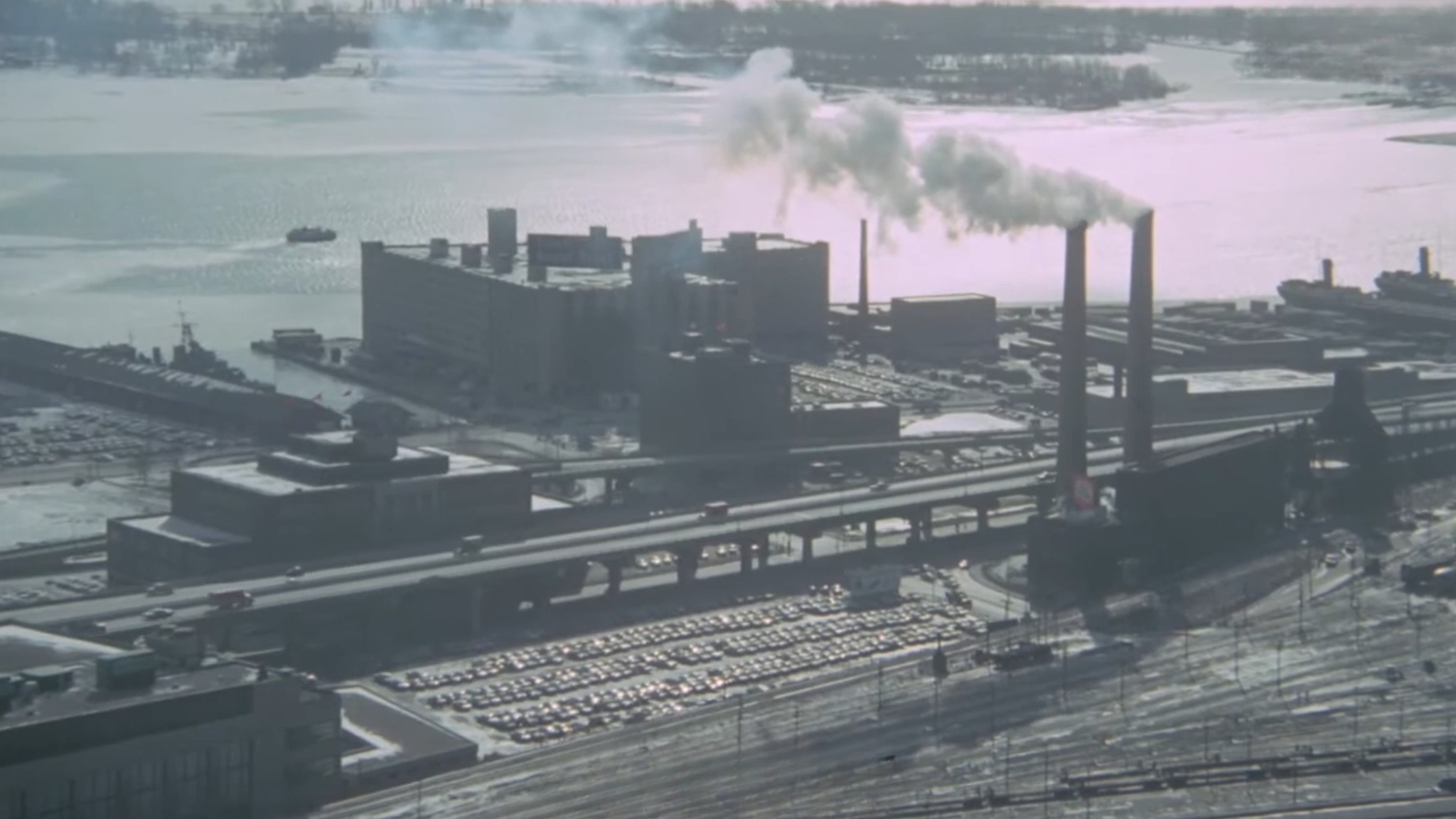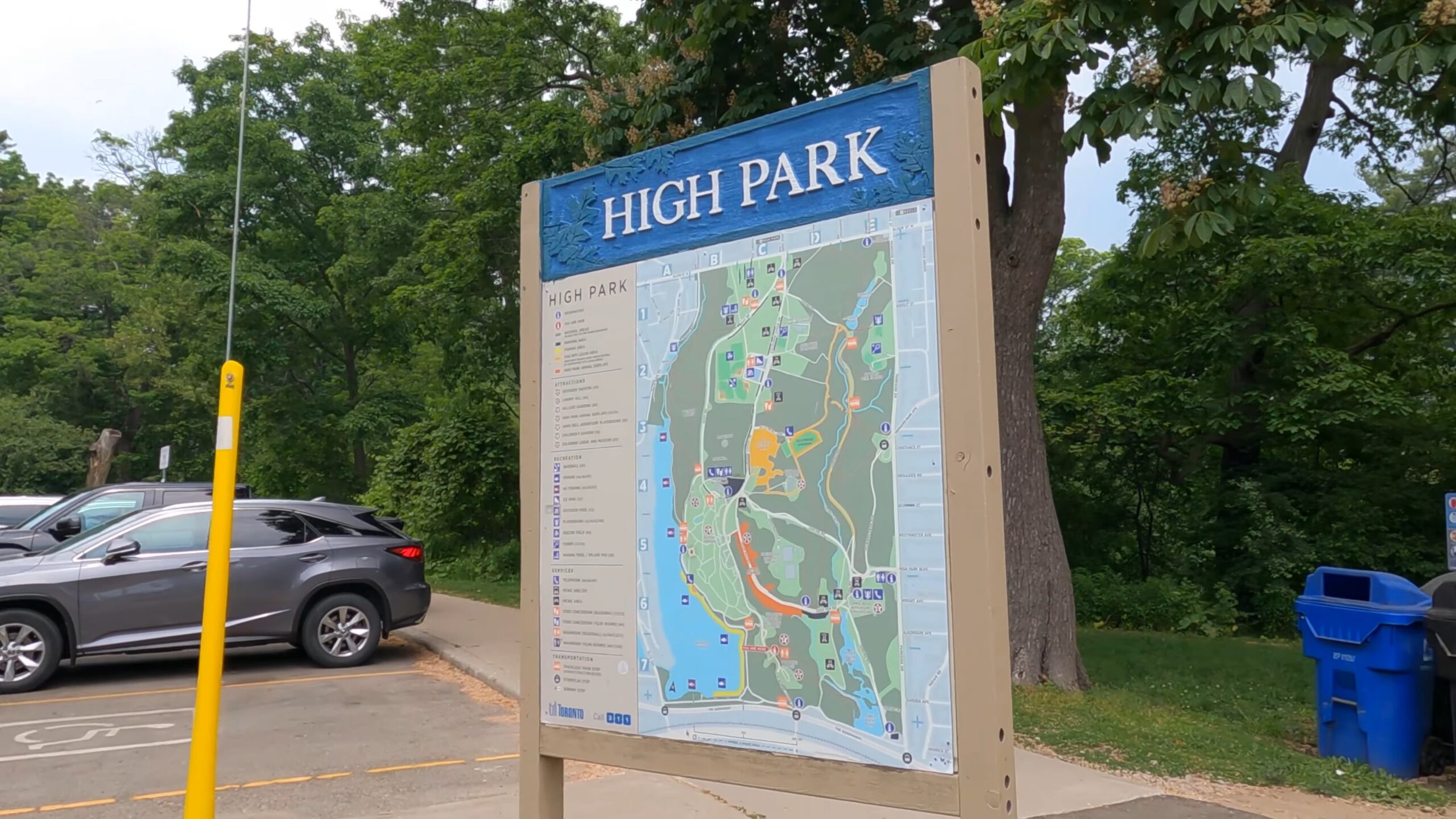Toronto, Canada’s bustling metropolis, is as rich in nicknames as it is in culture and history. These monikers reflect the city’s diverse character and the impressions it leaves on residents and visitors alike. Let’s embark on a journey through the most common nicknames of this vibrant city, each telling a unique story about its past and present.
The Origin of ‘Toronto’
The name ‘Toronto’ itself has a rich history, originating from the Mohawk word ‘tkaronto,’ which means “where there are trees standing in the water.” This referred to the wooden stakes that indigenous people used for fishing in the area. Over time, as European settlers arrived and the area developed, the name evolved into the Toronto we know today.
The transformation of the name reflects the city’s growth and the blending of cultures. From ‘Fort York’ to ‘York’ and finally ‘Toronto,’ each iteration of the name has marked a new chapter in the city’s narrative. It’s a testament to Toronto’s ability to adapt and grow while acknowledging its origins.
1. The Six
Toronto’s most popular contemporary nickname, “The Six,” was popularized by rapper Drake, a Toronto native. The term is a nod to the city’s area codes, 416 and 647, and reflects its growing recognition in the world of music and entertainment. This moniker has become synonymous with the city’s youth culture and its burgeoning hip-hop scene.
The “Six” also represents the six former municipalities that amalgamated to form the modern City of Toronto in 1998. This unification brought together diverse communities, each with its own distinct flavor, contributing to the rich tapestry that is Toronto today. From the artsy Kensington Market to the upscale Yorkville, each area adds to the city’s collective identity.
2. Hogtown
“Hogtown,” a nickname that harks back to Toronto’s agricultural roots, is a moniker that has stuck despite the city’s evolution. In the early 20th century, Toronto was home to the largest pork processing facilities in the region, namely the William Davies Company, which was one of the largest in the British Empire. This industrial past has left an indelible mark on the city’s identity.
While some might shy away from a nickname with less-than-glamorous connotations, Torontonians have embraced “Hogtown.” It’s a term of endearment that speaks to the city’s no-nonsense, hardworking ethos. The name is also celebrated in various establishments across the city, ensuring its legacy endures.
3. T-Dot
“T-Dot” is a term of affection that emerged from the city’s urban music scene in the late 1990s and early 2000s. It’s a phonetic shortening of “Toronto-Dominion,” one of the city’s major banks, and by extension, the city itself. The nickname reflects a period of growth and change, as Toronto began to assert itself as a cultural hub.
The term “T-Dot” has transcended its origins to become a symbol of pride for the city’s residents. It’s a reflection of Toronto’s modern, dynamic nature and its place on the global stage. The nickname is often used in the arts and media as a shorthand for the city’s unique blend of cultures and communities.
4. Queen City
“Queen City” is one of Toronto’s oldest nicknames, dating back to the 19th century when the city was establishing its prominence in Canada. It’s a reference to Queen Victoria and the city’s status as the capital of Ontario. This nickname conveys a sense of the city’s historical importance and its longstanding relationship with the British monarchy.
Despite the passage of time, “Queen City” remains a testament to Toronto’s enduring grandeur and its significance within Canada. The name evokes images of the city’s stately architecture, such as the iconic Queen’s Park, and its role as a leader in commerce, politics, and culture.
5. The Big Smoke
“The Big Smoke” is a nickname that reflects Toronto’s industrial past, a time when the city’s skyline was often shrouded in smoke from factories and steam engines. It’s a reminder of the city’s transformation from a manufacturing powerhouse to a center of finance, technology, and the arts.
Today, “The Big Smoke” is used more in jest, a playful nod to Toronto’s rapid development and its sometimes challenging air quality. It’s a term that captures the city’s gritty resilience and its evolution into a bustling, cosmopolitan city with a skyline that’s recognizable worldwide.
6. Hollywood North
Toronto’s rise as a film production powerhouse has earned it the nickname “Hollywood North.” The city’s diverse landscapes and neighborhoods have made it a favored location for filmmakers, doubling for New York, Chicago, and other cities on the silver screen. The Toronto International Film Festival has also put the city on the map as a destination for movie stars and directors.
Beyond the glitz and glamour, “Hollywood North” speaks to the city’s thriving creative industries and its talent in front of and behind the camera. It’s a recognition of Toronto’s place in the entertainment world, not just as a backdrop, but as a city that creates and innovates.
7. Muddy York
“Muddy York” is a nickname that dates back to Toronto’s early days when the town was often a quagmire of dirt roads and poor drainage. It’s a somewhat affectionate term that recalls the city’s less sophisticated, frontier-town era before it grew into the clean, orderly metropolis it is today.
The transition from “Muddy York” to Toronto mirrors the city’s journey from a small colonial capital to a leading global city. It’s a reminder of the city’s ability to reinvent itself and the hard work that has gone into building the modern, vibrant Toronto we know today.
8. The City Within a Park
Toronto’s extensive system of parks and green spaces has led to the nickname “The City Within a Park.” This unique feature sets Toronto apart, offering a network of natural retreats amidst its urban landscape. From the vast High Park to the scenic Toronto Islands, nature is an integral part of the city’s fabric.
This nickname also highlights Toronto’s commitment to sustainability and the environment. It’s a city that values its green spaces and works to preserve them, understanding that they are essential to the well-being of its residents and the health of the urban environment.
Melting Pot of Cultures
Toronto’s multitude of nicknames is a direct reflection of its cultural diversity. Often referred to as one of the most multicultural cities in the world, Toronto’s population is a mosaic of ethnicities, each bringing a piece of their heritage to the city’s identity. This diversity is celebrated in the city’s neighborhoods, festivals, and, of course, its many names.
A City of Inclusivity
The inclusivity of Toronto is mirrored in its acceptance and pride in the various nicknames it has acquired. Each name tells a story not just of the city itself, but of the people who have come to call it home. It’s a place where history is not just remembered but is continually being made by its residents.
The Linguistic Landscape of Toronto
In Toronto, over 140 languages are spoken, and this linguistic diversity is echoed in the city’s nicknames. Each community within the city contributes to its linguistic landscape, shaping the way Torontonians communicate and interact with their environment. The city’s names are as varied and dynamic as the languages spoken on its streets.
Language and Identity
The way we name a place is deeply tied to our identity and our sense of belonging. In Toronto, the various nicknames not only signify the city’s past but also its present and future. They are a reflection of a city that is constantly redefining itself, welcoming new stories, and weaving them into the fabric of its identity.
Toronto’s Name in the Arts
Toronto’s many nicknames have served as inspiration for artists, musicians, and writers. The city’s identity, as encapsulated in its monikers, has been the subject of songs, poems, and artworks. These creative expressions contribute to the cultural narrative of Toronto, adding depth and color to its names.
The City’s Names on the World Stage
As Toronto’s artists gain international acclaim, they take the city’s nicknames with them, introducing “The Six,” “T-Dot,” and others to a global audience. These names become ambassadors of Toronto’s culture, telling the city’s story far beyond its geographical borders.
FAQ
How do Toronto’s nicknames reflect its geography?
Toronto’s geography, marked by the vast Lake Ontario and the iconic CN Tower, is echoed in nicknames like “The City Within a Park,” highlighting its abundant green spaces and waterfront.
Are there any new emerging nicknames for Toronto?
As a living city, new nicknames emerge as the culture shifts. Keep an ear to the ground in local music, art, and social media for the latest monikers.
How do Toronto’s nicknames influence tourism?
Nicknames like “Hollywood North” and “The Six” have become brands in their own right, attracting visitors curious to explore the city that these names represent.
Do other Canadian cities have as many nicknames as Toronto?
While other cities have their own nicknames, Toronto’s size and cultural impact give it a particularly rich collection of monikers.
How do residents of Toronto feel about these nicknames?
Many residents embrace the city’s nicknames with pride, seeing them as a reflection of Toronto’s diverse and dynamic character.
Can understanding these nicknames help with understanding the city’s culture?
Yes, each nickname offers insight into different aspects of Toronto’s history and identity, providing a richer understanding of the city’s culture.
Conclusion
Exploring Toronto’s nicknames is like taking a walk through its history and culture. Each one offers a window into the city’s soul, from its humble beginnings to its current status as a global metropolis.
Whether you’re a local or a visitor, these monikers provide a deeper connection to the city and a greater appreciation for its diversity and spirit. Toronto is not just a city of many names; it’s a city of many stories, waiting to be discovered.


















